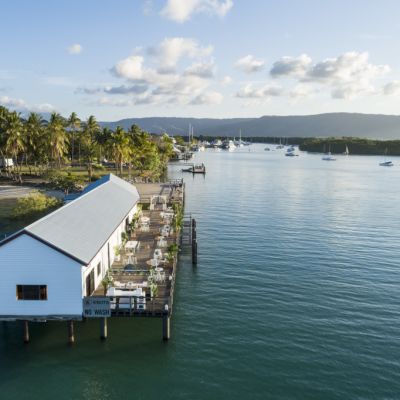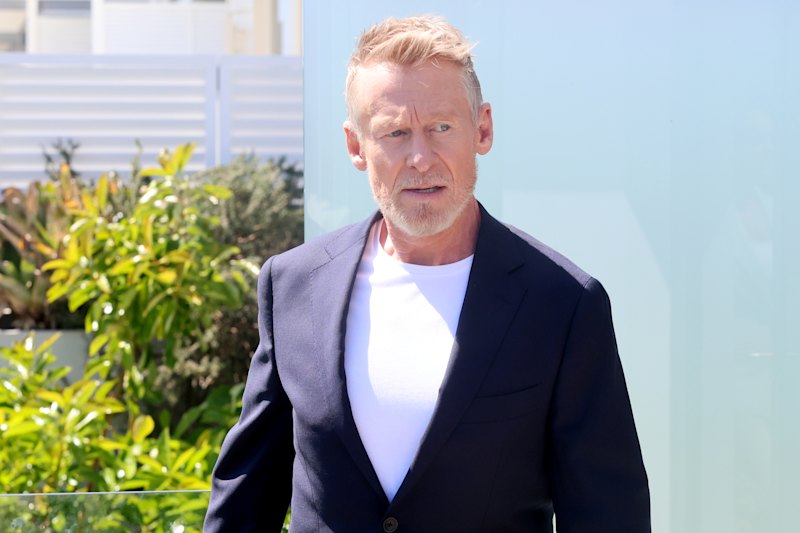Why property investors need to look beyond returns and yields
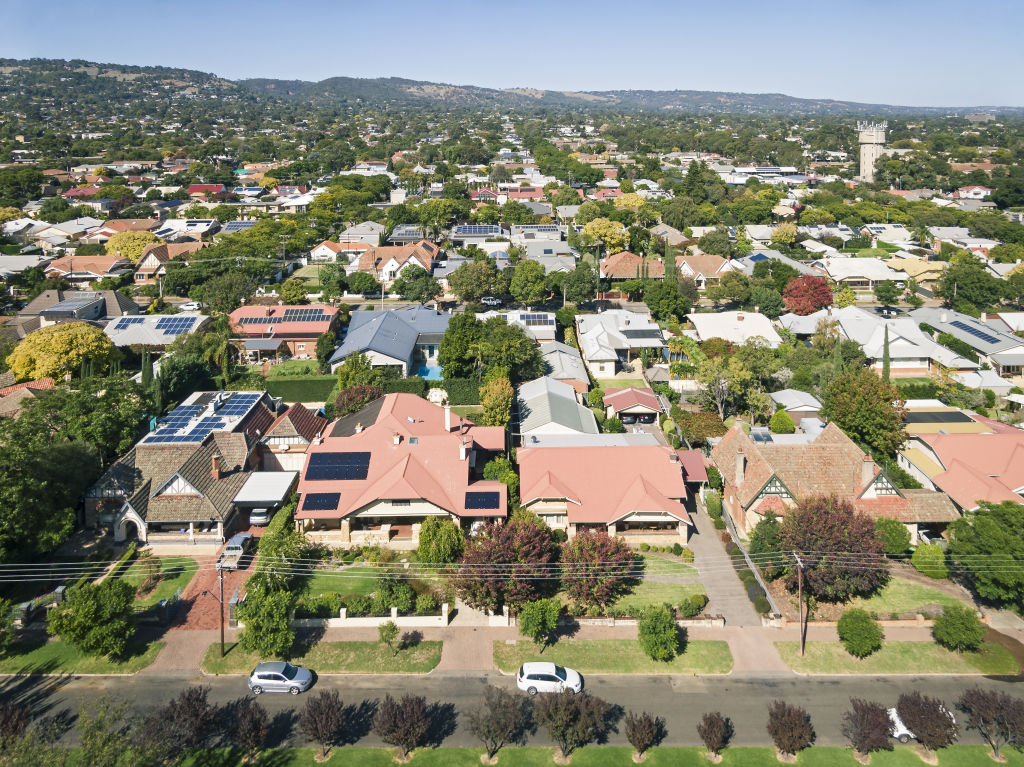
How important are the latest figures on rents in Australia’s capital cities, yields and their annual growth – or decline – to residential property investors?
They’re important, but they need to be considered in combination with a number of other critical factors, say the experts.
New Domain data for the year to the end of March shows Perth houses offering the best yields of 5.24 per cent, up a stunning 4.7 per cent over the same period in 2021.
Darwin is also showing a good yield of 5.14 per cent, Hobart 4.48 per cent and Adelaide 4.3 per cent.
At the same time, however, rents have hit a new national high in Canberra at a median of $700 a week, having risen a staggering 16.7 per cent on 2021, in Darwin at $610, up 10.9 per cent and Sydney at $600, up 9.1 per cent.
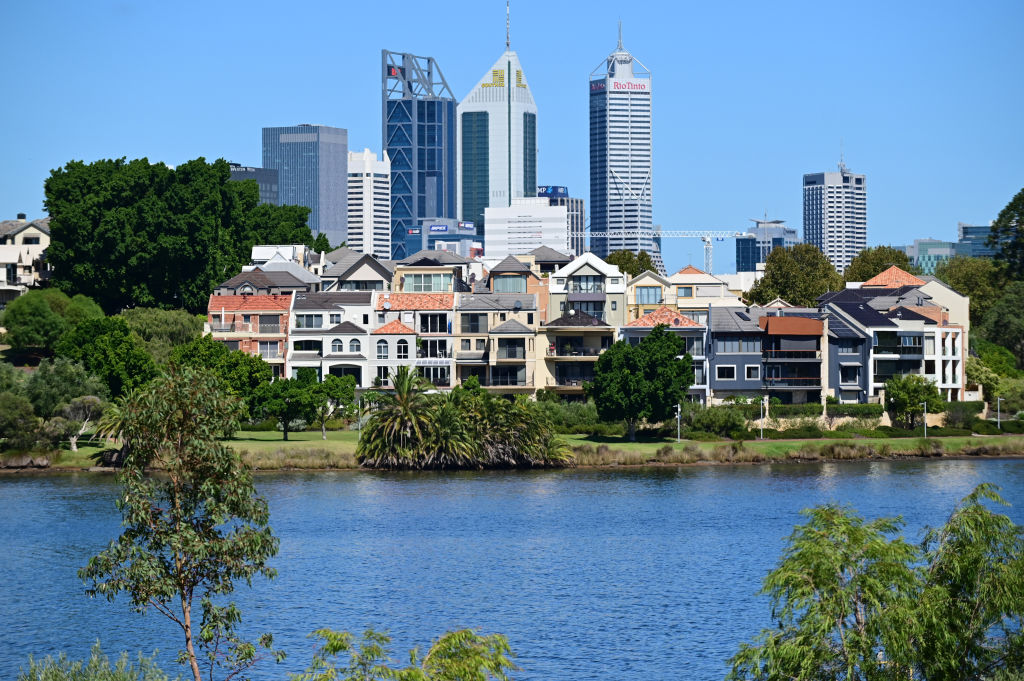
“Those figures are all important,” says Anna Porter, Suburbanite property valuer and investment advisor.
“But it’s also always important to look behind the rental returns and yields as they’re only one driver of performance.
“It helps with cash income but that might not necessarily attract capital growth. And without all the other necessary conditions in place, an investment in a property in any one of those cities might end up falling behind an equivalent elsewhere.”
One of the most crucial additional indicators to research is the vacancy rate, she says.
You need strong demand from tenants, and later from buyers when it comes time to sell, to ensure your investment delivers a good return over time.
One commercial property she recently examined was offering, in theory, an excellent 8 per cent yield.
But, as it had been vacant for six years, that counted for little.
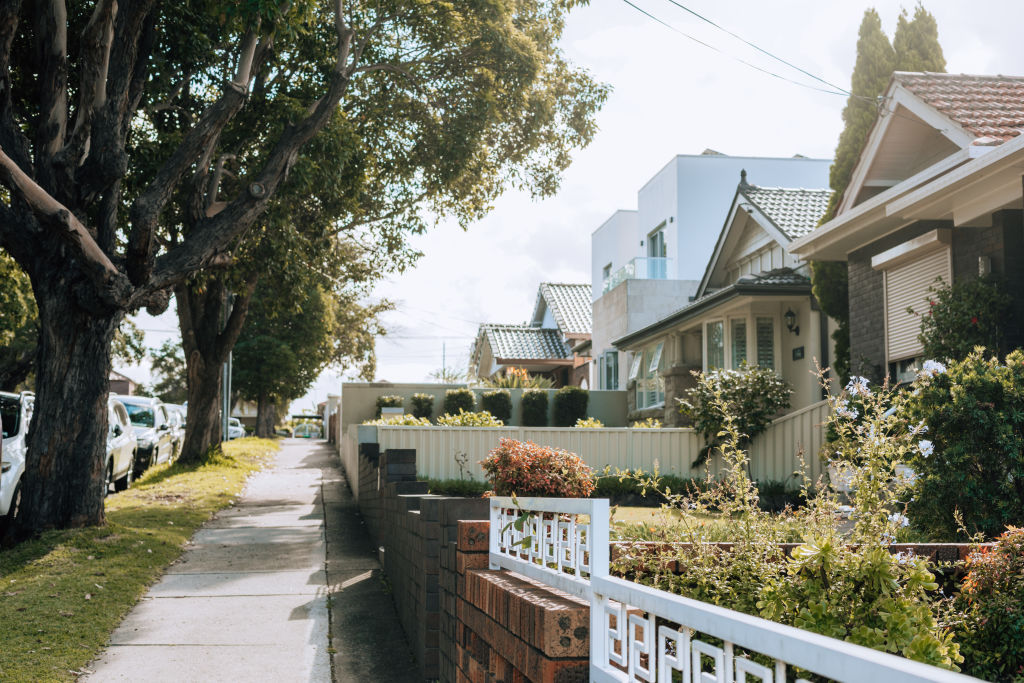
So, as well as a decent rent and yield and past growth, potential investors have to research closely the prospects for a good performance in the future, such as more employment coming to the area, better infrastructure, good amenities, and a wider variety of lifestyle services, like schools.
“Some people might be looking for a better yield rather than long term capital growth; whatever better suits their own investment strategy,” says Marcus Roberts, the owner-director of Brighter Finance.
“There’s no optimum strategy or one-size-fits-all.
“But it’s always important to do your own research, or engage a financial advisor, to make sure the combination of factors is the best for what you want to achieve from an investment.”
Senior financial advisor Mark Wenzel from The Hopkins Group also says it’s a matter of personal circumstances dictating the assets that work best for different investors.
“For some, it will be an income, while for others it will be capital growth,” he says.
“The tax system, for instance, is set up better for those seeking long-term growth, which is what people typically go for, as long as they can fund their borrowings. But for those after an income, it’s always important to remember that because an area is offering a high yield now, it may not offer a high yield in the future.”
Again, that research on what the future of a location might look like is crucial – will there be better facilities to attract newcomers or, on the downside, a new housing development likely to swamp demand.
We recommend
We thought you might like
States
Capital Cities
Capital Cities - Rentals
Popular Areas
Allhomes
More
